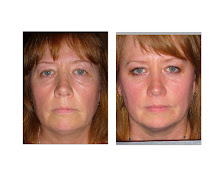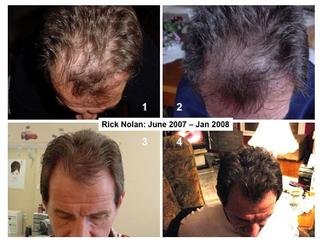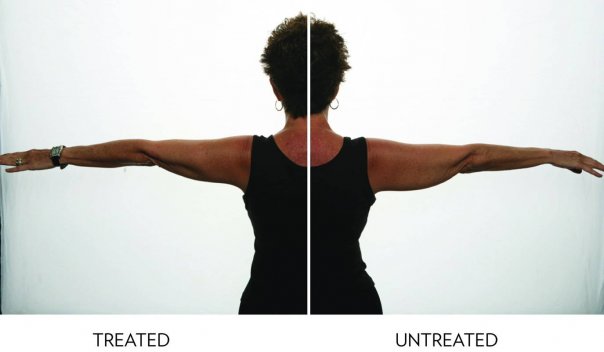The History of the Galvanic Current
Galvanic current used in galvanic treatments is named for Luigi Galvani.
He discovered these positive and negative charged currents during early
medical research in the 1780's.
During the past 50 years, galvanic currents have been used in high-end
spa and salon treatments in Europe and elsewhere around the world. Spas
have used it as part of facials where it has gently enhanced circulation and
helped to stimulate cellular energy. Galvanic currents on the face have
been shown to deep cleanse the skin, decrease the appearance of pore
sizes, tighten and plump skin, reduce fine lines and wrinkles and reduce
acne. The galvanic treatments have been also used in spas on other parts
of the body including: the hips, thighs and buttocks to smooth the
appearance of cellulite by targeting the pockets of fat; the hands to tighten
the skin and reduce lines and wrinkles; and on the head to promote hair regrowth
in those who have experienced hair loss.
How do galvanic treatments work?
Galvanic treatments use two different currents – positive and negative.
When used during a facial, the current is first set to a negative charge. The
facial gels or lotions applied to the facial also need to have the same
charge – negative. When the galvanic instrument is placed on the face, the
two negative charges (from the instrument and the gel/lotion) repel each
other driving the gel/lotion deep into the pores of the epidermis and
dermis layers of the skin. This is similar to two magnets of the same.
Galvanic Treatments for the Face charge repelling each other. The negatively charged gel/lotion then binds to the impurities such as dirt, oil and old make-up deep in the skin. Then an extra negatively charges gel/lotions are gently wiped off the skin. Secondly, the galvanic instrument is then set to the positive charge and a positively charged gel/lotion is applied to the skin. When the instrument is then
applied to the face, the positively charges instrument attracts the negatively charged gel/lotion full of the impurities and draws them out of the pores and the skin.
At the same time, the new positively charged gel/lotion typically full of beneficial ingredients for the skin is push deep into the pores by the positively
charged galvanic instrument. While all of this is happening, the positive and negative currents are also helps to stimulate cellular energy of the muscles and tissues and improving facial circulation.
Galvanic current therefore produces a facial that opens up the face’s pores
and improve skin’s texture, removes dulling impurities, hydrates and
replenishes the skin, can help to reduce fine line and wrinkles and
tightening and toning of facial muscles (giving you a non-surgical facelift
with several treatments and no surgery).
Is there any pain or risks associated with galvanic
current treatments?
No. Galvanic treatments are painless procedures. Some people due feel a
light tingling sensation but most people seem to enjoy it. The gently
massaging action also of the instrument most people find to be pleasing as
well. Unlike other face deep cleansing processes such as
microdermabrasion and chemical peels, you can immediately after the
treatment go into the sun or even apply make-up, if so desired.
Risks are also very minimal – people who have braces or other large
amounts of metal dental work and those with heart conditions and pace
makers should not use galvanic current treatments.
What are the costs associated with a galvanic treatment?
In spas, a galvanic current treatment is typically part of the facial
treatment. The price range on is from $100 to $500 depending on your
location and type of treatment you are getting. These costs are typically
more affordable than the costs associated with face lifts and with the
added benefit of no pain or surgery with great results.
However, the galvanic treatments now can be used as part of home facials
at much more affordable rates than the spa/salon prices and far less than
cosmetic surgery (without the invasive procedure risks).
Subscribe to:
Post Comments (Atom)









No comments:
Post a Comment